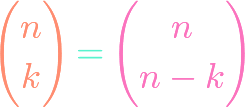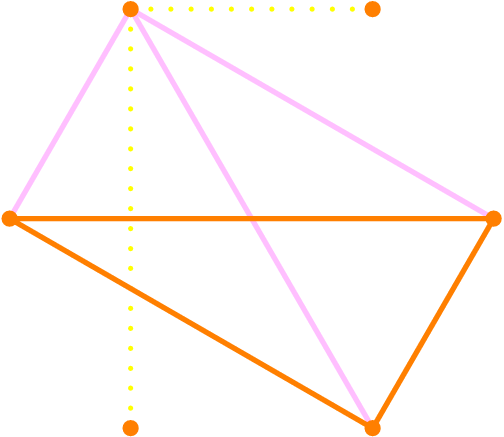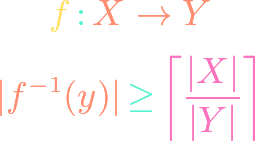Symmetry in Pascal’s Triangle
https://www.youtube.com/watch?v=fHZ7FniqPr4 If Pascal’s triangle is drawn out, one is immediately faced with the fact that the numbers in a row read the same from left to right as right to left. Since the entries of Pascal’s triangle are binomial coefficents, this observation is equivalent to the combinatorial identity $$binom{n}{k}=binom{n}{n-k}.$$
Symmetry in Pascal’s Triangle Read More »









